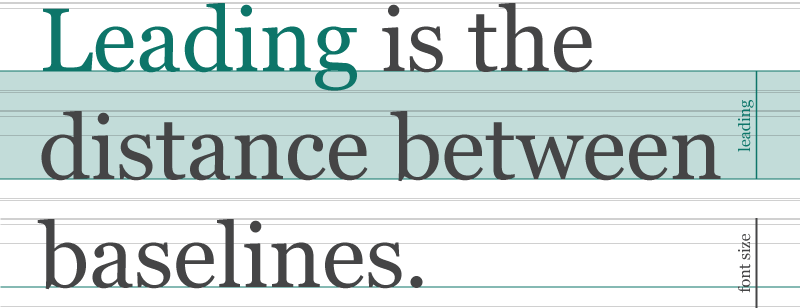Typography is not just about selecting fonts and arranging text; it’s also about the art of incorporating white space effectively. Whitespace, also known as negative space, plays a crucial role in typography design. It’s the often-overlooked element that can make or break the readability and aesthetics of your text. In this blog post, we’ll delve into the importance of white space and provide valuable tips on how to incorporate it skillfully into your typography design.

1. The Power of Whitespace
Whitespace isn’t just empty space; it’s an essential element in typography that enhances the overall visual appeal and readability of your text. It allows the eyes to rest and helps readers navigate through the content effortlessly. In essence, white space provides balance and structure to your design.
2. Finding the Right Balance
The key to successful typography design is finding the right balance between text and white space. Avoid overcrowding your text or leaving too much empty space. Balance is achieved by adjusting margins, line spacing, and paragraph spacing to create a harmonious composition.
3. Margins Matter
Generous margins around your text blocks are a fundamental aspect of incorporating white space. Margins provide breathing room for the text, prevent it from feeling cramped, and make the content more visually appealing. Consider equal or asymmetrical margins, depending on your design goals.
4. Line Spacing (Leading)
Adjusting line spacing, or leading, is crucial for readability. Adequate line spacing ensures that lines of text don’t collide, making it easier for readers to follow along. Aim for line spacing that is around 120-150% of the font size.

5. Paragraph Spacing
Whitespace between paragraphs helps structure your content. It visually separates different sections of text, making it easier for readers to digest your content.
6. Letter Spacing (Tracking and Kerning)
Pay attention to letter-spacing (tracking) and individual character spacing (kerning). Properly adjusted tracking and kerning improve both readability and aesthetics by ensuring letters aren’t too cramped or too loose.

7. Alignment
Choose text alignment carefully. Left, right, center, or justified alignment can all work well depending on your design. Ensure that your chosen alignment doesn’t create awkward gaps or rivers of whitespace within the text.
8. Hierarchy
Establish a clear hierarchy by varying font sizes, weights, and styles for headings, subheadings, and body text. This not only aids comprehension but also adds visual interest through the use of white space.
9. Whitespace as a Design Element
Whitespace can also be used as a deliberate design element itself. Negative space can create shapes and patterns that add depth and interest to your typography design.

10. Testing and Feedback
Always test your typography design with actual readers or viewers to gather feedback on readability and aesthetics. Make adjustments based on their input, as they are the ultimate judges of your design’s success.
Incorporating whitespace in typography design is an art that requires a keen eye for balance and aesthetics. When done correctly, it can transform your text into a visually appealing and highly readable masterpiece. Remember that whitespace is not merely empty space but a vital component that elevates your typography to the next level. Mastering the art of incorporating whitespace will enhance your design skills and make your text more engaging and impactful.